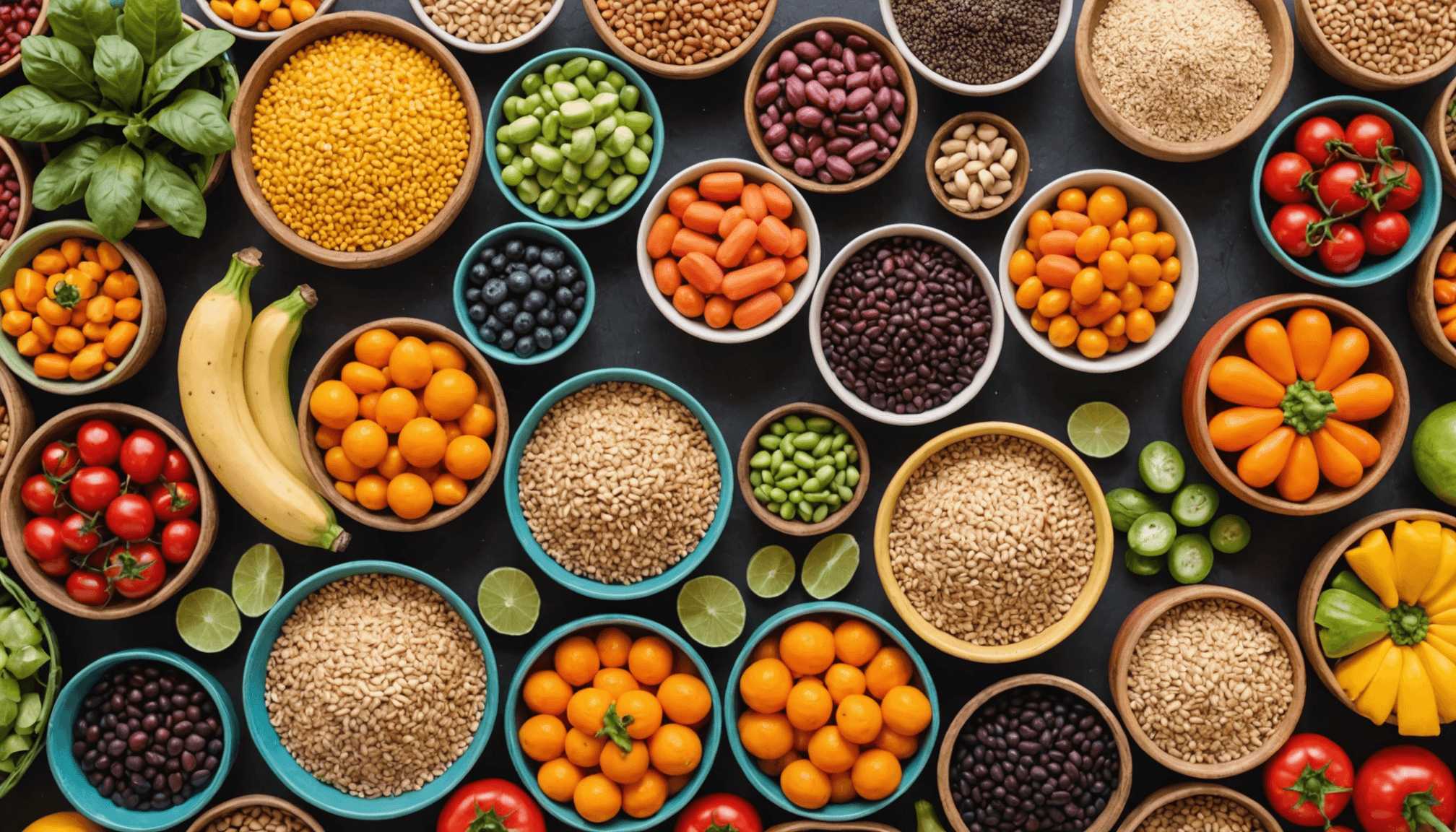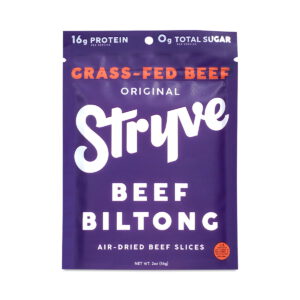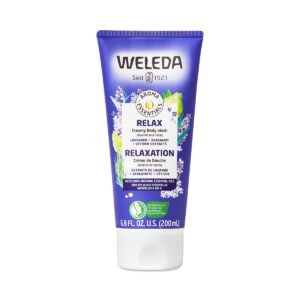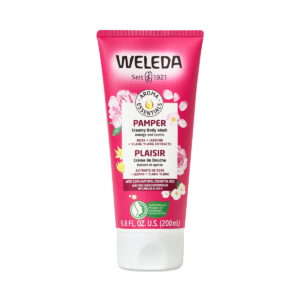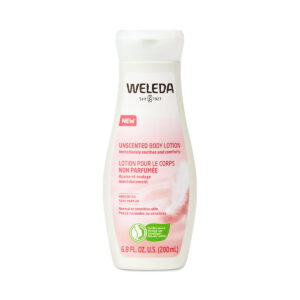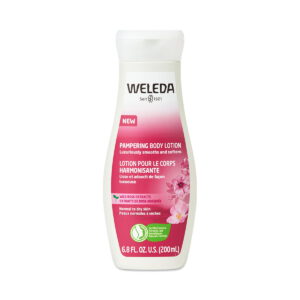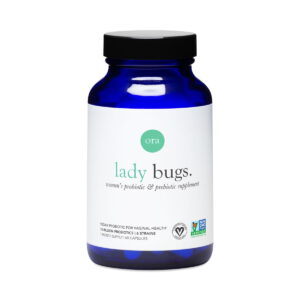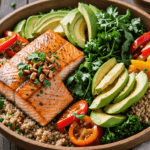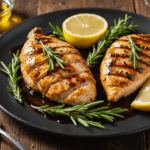- Nutritional essentials for a balanced lunch
- Quick and easy recipes
- Meal prep tips for busy individuals
- Portable lunch options
- Incorporating leftovers creatively
- Time-saving kitchen gadgets
When embarking on a grocery shopping trip, whether in-person or online, it’s essential to cultivate a strategy that ensures you fill your cart with nutritious and fulfilling ingredients. This is especially important for busy people seeking to prepare quick meals that are both healthy and satisfying.
First, aim to make your grocery list before heading out or logging on. This will help you stay focused, avoid impulse purchases, and ensure you get all the nutritious lunch essentials. Here are some essential categories to include:
- Fresh Produce: Incorporate a variety of vegetables like spinach, bell peppers, and sweet potatoes, which can easily be added to salads, wraps, or grain bowls. Don’t forget fruits like apples, bananas, and berries for quick snacks.
- Whole Grains: Look for quinoa, brown rice, or whole-grain pasta. These provide lasting energy and crucial fiber, making them perfect for meal prep.
- Lean Proteins: Consider sources such as chicken breast, turkey, tofu, or legumes (like lentils and chickpeas). These not only support muscle health but also keep you feeling full longer.
- Dairy Alternatives: For vegans or those reducing dairy, opt for fortified almond, soy, or oat milk. These come in handy for smoothies or overnight oats.
- Healthy Fats: Nuts, seeds, and avocados are nutritious options that provide essential fatty acids. Use them to enhance your meals and snacks.
While shopping for local foods can not only support your community but also ensure freshness, consider joining a community-supported agriculture (CSA) program for seasonal produce. Moreover, some online marketplaces specialize in connecting consumers with local farms, allowing you to shop for organic, fresh produce from the comfort of your home.
When grocery shopping, especially online, it’s crucial to check for safety. Look for sites with secure payment options and verified reviews, such as trusted delivery services. For offline shopping, always check expiration dates and inspect packaging for leaks or damages. Incorporate a habit of reading labels to avoid hidden sugars, unhealthy fats, or excessive sodium in packaged foods.
Lastly, don’t overlook budget-friendly options. Buying in bulk can save money over time, and storing items like grains or legumes in airtight containers can prolong their shelf life. Look for sales or coupons—many stores offer apps where you can find digital discounts on your favorite health foods.
By using these practical tips, you’ll ensure your pantry and fridge are stocked with nutritious choices that fit your busy lifestyle while making healthy eating enjoyable and accessible.
Quick and easy recipes
For those short on time but eager to maintain a healthy diet, quick recipes are an essential asset. The key to creating nutritious lunches lies in combining convenience and health in a way that aligns with a busy lifestyle. Here are some easy-to-follow recipes that can be prepped in under 30 minutes, covering a variety of tastes:
1. Veggie-Packed Quinoa Salad
– Ingredients: cooked quinoa, cherry tomatoes, diced cucumbers, bell peppers, chickpeas, olive oil, lemon juice, salt, and pepper.
– Instructions: In a large bowl, combine the cooked quinoa with chopped vegetables and chickpeas. Drizzle with olive oil and lemon juice, then season with salt and pepper. Toss to combine.
2. Spinach and Feta Wraps
– Ingredients: whole wheat tortillas, baby spinach, crumbled feta cheese, sliced turkey breast, and hummus.
– Instructions: Spread hummus on a tortilla, layer with spinach, turkey, and feta. Roll the tortilla tightly, slice in half, and enjoy.
3. Chickpea and Avocado Toast
– Ingredients: canned chickpeas, ripe avocado, lemon juice, salt, pepper, and whole-grain bread.
– Instructions: In a bowl, mash the avocado and mix in rinsed chickpeas, lemon juice, salt, and pepper. Top the mixture on toasted whole-grain bread for a nutritious lunch.
4. Quick Stir-Fry
– Ingredients: mixed frozen vegetables, cooked chicken or tofu, soy sauce, and brown rice.
– Instructions: In a skillet, sauté mixed frozen vegetables with a splash of soy sauce. Add pre-cooked chicken or tofu, serving it over brown rice for a complete meal.
5. Overnight Oats with Fruits
– Ingredients: rolled oats, almond milk, Greek yogurt, honey, and assorted fruits.
– Instructions: In a jar, combine oats, almond milk, Greek yogurt, and a drizzle of honey. Stir well, add your favorite fruits on top, and refrigerate overnight. Grab it in the morning for a filling breakfast that can serve as a lunch option.
To efficiently compare these recipes, here’s a table summarizing their preparation time, main ingredients, and nutritional benefits:
| Recipe | Preparation Time | Main Ingredients | Nutritional Benefits |
|---|---|---|---|
| Veggie-Packed Quinoa Salad | 15 min | Quinoa, veggies, chickpeas | High in fiber and protein |
| Spinach and Feta Wraps | 10 min | Tortilla, spinach, turkey, feta | Rich in vitamins and minerals |
| Chickpea and Avocado Toast | 5 min | Bread, avocado, chickpeas | Good source of healthy fats |
| Quick Stir-Fry | 20 min | Frozen veggies, chicken/tofu, rice | Balanced macros: protein, carbs, and veggies |
| Overnight Oats with Fruits | 5 min + overnight | Oats, almond milk, fruits | High in fiber and great for energy |
With these quick recipes, busy people can effortlessly incorporate nutritious lunches into their routines, ensuring they remain energized and satiated throughout the day. The focus should be on utilizing readily available ingredients, which not only saves time but also promotes healthier choices.
Meal prep tips for busy individuals
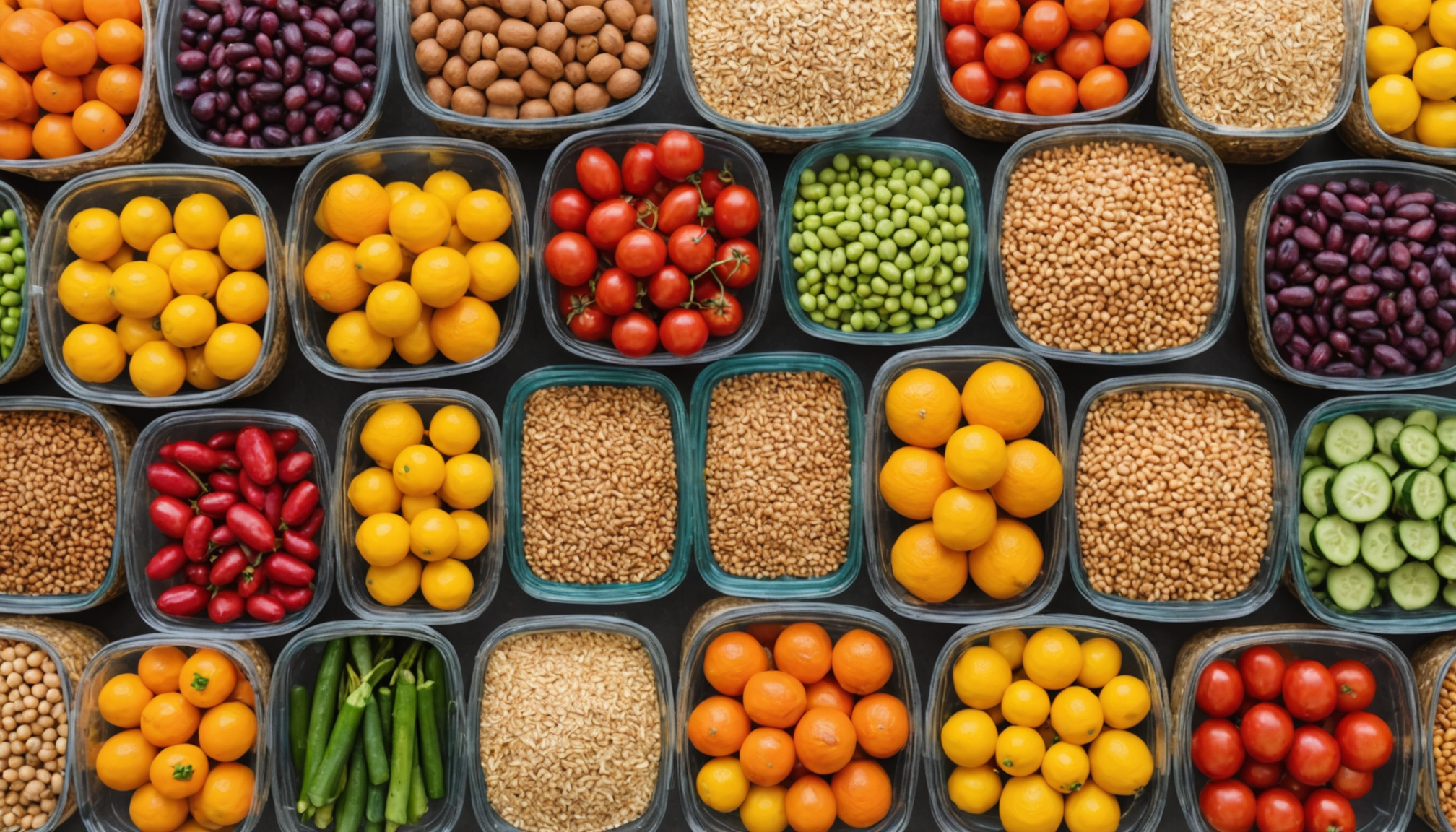
For busy individuals looking to streamline their grocery shopping experience, efficient planning is key to maintaining a healthy diet without feeling overwhelmed. Start by dedicating a specific day and time each week for your grocery shopping, whether online or at a local store. This small commitment can quickly become an essential routine that sets the tone for successful meal prep.
When analyzing your grocery list, prioritize items that offer the most versatility and nutritional punch. This will not only save time during meal preparation but also ensure that you’re maximizing your food budget. Here are some grocery shopping strategies:
- Buy Seasonal Produce: Select fruits and vegetables that are in season locally. They tend to be fresher, more flavorful, and often more affordable. For example, cucumbers and tomatoes in summer, or squash and apples in autumn, can significantly elevate your meal prep.
- Stock Up on Staples: Building a pantry of essentials such as canned legumes, whole grains, nut butters, and spices can make meal prep quicker. A can of chickpeas can transform into a salad topping or base for hummus in no time!
- Look for Convenience Items: Pre-cut vegetables or frozen produce can be a lifesaver. They require minimal effort and are often flash-frozen at peak ripeness, preserving valuable nutrients.
- Explore Vegan Options: With the rise of plant-based diets, you’ll find that many stores carry a wider selection of vegan proteins, such as tempeh, seitan, and lentils. These are perfect for quick meals that are also protein-rich.
- Consider Bulk Buying: Purchasing grains, nuts, and spices in bulk not only can save money but also ensures you always have the basics on hand for nutritious lunches. Use glass containers to keep items fresh and track stock levels easily.
For organic produce enthusiasts, look for labels that specify not just ‘organic’, but also certifications that ensure quality and safety standards. When ordering online, always review vendor ratings and read customer comments to gauge product reliability. If purchasing perishable items, check for delivery options that ensure your food arrives fresh.
While shopping, make sure to read ingredient labels carefully, even on pre-packaged items, to avoid hidden sugars, unhealthy fats, or excessive sodium. Ingredients listed in the first few slots on the label make up the majority of a product, so focus on this to make informed decisions.
Finally, when shopping offline, consider using reusable produce bags and containers. Not only does this reduce plastic waste, but it keeps your fruits and veggies fresher for longer. Also, engage with store staff; they often have insights into what’s freshest or what needs to be sold quickly, which can lead to great deals.
With these practical tips in hand, grocery shopping can become a streamlined process, helping busy people maintain a healthy, balanced diet while still fitting into their hectic schedules. From local farm stands to online retailers, finding nutritious ingredients has never been more accessible.
Portable lunch options
For those constantly on the move, portable lunch options are essential to enjoy a nutritious meal without the fuss. The perfect portable lunch should be balanced, satisfying, and easy to carry, making it a feasible choice for busy individuals. Here are several ideas that cater to a variety of tastes and dietary preferences while being easy to pack and go.
One popular option is the bento box, which allows for a well-rounded meal with minimal effort. You can fill one compartment with a protein source, such as grilled chicken, boiled eggs, or tofu; another with whole grains like brown rice or quinoa; and the last with a mix of colorful veggies, such as carrot sticks, cherry tomatoes, and cucumber slices. Add a small container of hummus or dressing for a tasty dip, ensuring both flavor and nutrition in a compact form.
“Eating well is a form of self-care.” – Unknown
Another great idea is to prepare mason jar salads. Start with a dressing on the bottom, then layer ingredients such as protein, grains, and a mixture of leafy greens. This method keeps the salad fresh and prevents sogginess until you’re ready to dig in. When it’s time to eat, simply shake it up, and you have a delicious and vibrant meal in minutes.
Whole grain wraps are also a versatile choice. Fill a whole wheat tortilla with a protein source like turkey, chickpeas, or hummus, stack it with various veggies, and roll it up tightly. Slicing it into pinwheels not only makes it fun to eat but also easy to share. Accompany wrap slices with a piece of fruit or a handful of nuts for added sustenance.
For those who enjoy breakfast for lunch, consider breakfast bowls that are both nutritious and convenient. Prepare a base using oatmeal or Greek yogurt, and top it with fresh fruits, nuts, seeds, and a drizzle of honey. These bowls can be made the night before and are easily transportable, providing energy and satisfaction during hurried workdays.
If you’re looking for something heartier, soup in a thermos is a comforting and filling option. You can make a big batch of vegetable or lentil soup over the weekend, portion it into thermoses, and enjoy a hot meal wherever you are during the week. Pair it with whole-grain crackers or a slice of bread for a complete meal.
Lastly, prepare energy balls or nut bars for a quick snack on the go. Made from oats, nut butter, seeds, and dried fruits, these can be rolled into bite-sized pieces and stored in individual containers. They are perfect for staving off hunger between meals, ensuring that busy people have a nutritious option readily available.
Incorporating these portable lunch ideas into your weekly meal plan can significantly enhance your ability to maintain a balanced diet, even with a packed schedule. Each of these options not only caters to convenience but also reinforces the importance of nourishing your body with wholesome food throughout the day.
Incorporating leftovers creatively
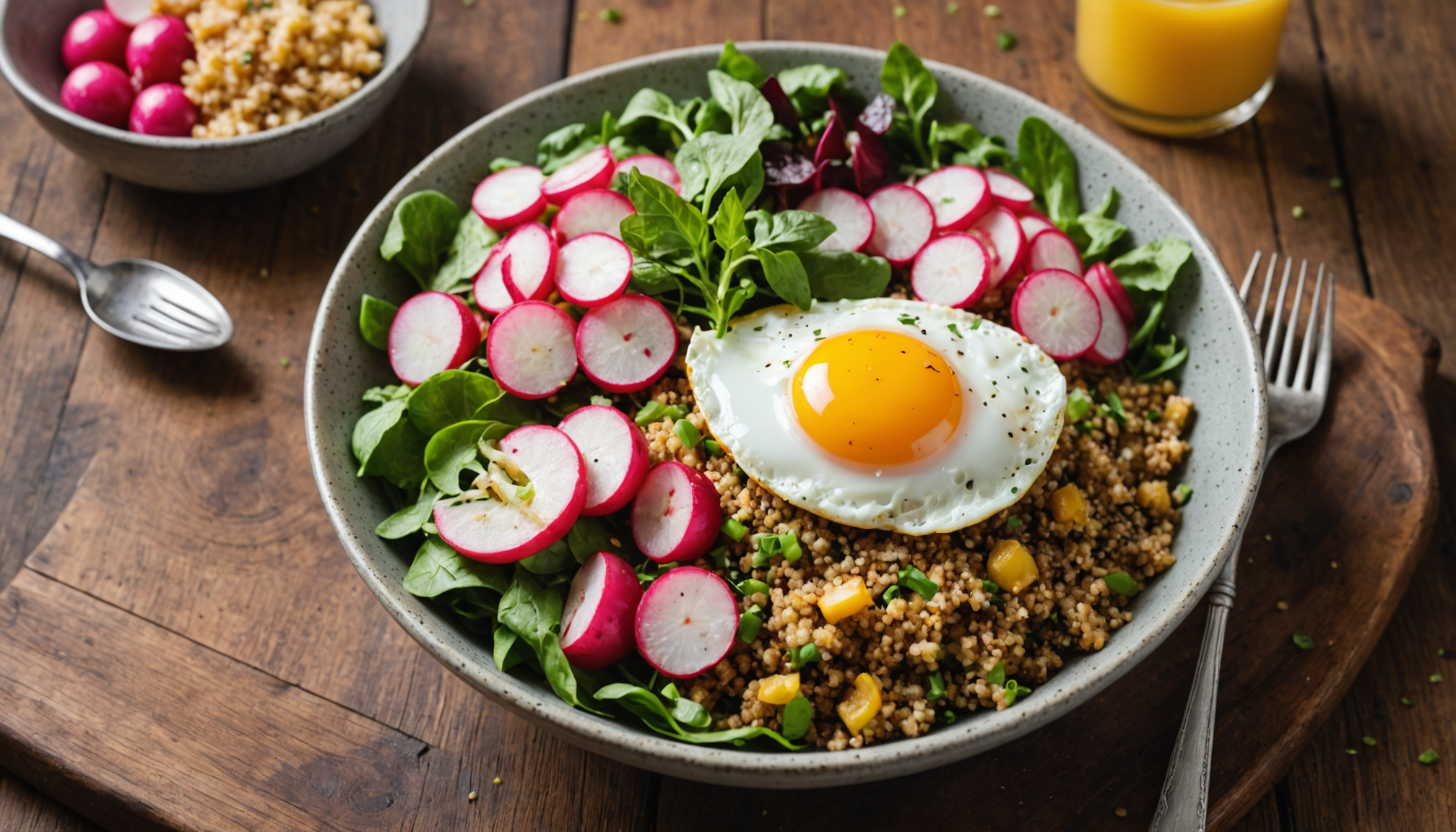
Leftovers are often underestimated, yet they can be transformed into delectable meals that excite your palate while minimizing food waste. By reimagining yesterday’s dinner, busy people can create entirely new dishes with minimal effort. Think creatively about how to utilize ingredients you already have; this not only saves time but also encourages resourcefulness in the kitchen. For instance, roast chicken can become a zesty chicken salad by adding some Greek yogurt, diced apples, and walnuts. Serve it in a whole-grain wrap or over a bed of mixed greens for a nutritious lunch.
Another ingenious way to incorporate leftovers is by repurposing grains. If you have some quinoa or rice from last night’s meal, consider turning it into a hearty grain bowl. Add a fried egg on top, include crunchy vegetables like radishes or cucumbers, and drizzle with a tangy vinaigrette. This method not only diversifies your meals but also ensures you’re consuming a balanced variety of nutrients throughout your week.
Don’t forget about the power of soups and stews! Leftover vegetables, grains, and proteins can be simmered together to create a comforting soup. Simply add broth and your favorite spices, let it bubble away, and you’ll have a warming lunch ready to go in no time. Pack it in a thermos for easy transportation, keeping your meal hot and flavorful.
Creative breakfast leftovers also deserve a mention. If you’ve made pancakes or waffles, they can be frozen for later and transformed into a lunch option by topping them with Greek yogurt and seasonal fruits or even savory toppings like avocado and smoked salmon. This versatility showcases how leftovers can stretch your culinary imagination.
Finally, consider the aesthetics of your meals. Beautifully arranged plates enhance your dining experience and can turn something as simple as leftover pasta into a gourmet dish. Consider garnishing with fresh herbs or a sprinkle of cheese. This not only makes your lunch visually appealing but may also increase your enjoyment of the meal.
- How can I make my leftovers taste fresh again?
- To revitalize leftovers, try adding fresh herbs, spices, or citrus to enhance their flavor. Also, using leftover ingredients in a new dish can help change their profile, such as transforming roasted vegetables into a frittata.
- What are some quick meal ideas using leftovers?
- You can create wraps, grain bowls, or soups with leftovers. Combine proteins, grains, and assorted vegetables into new dishes that are quick to prepare and satisfying.
- How long can I safely store leftovers?
- Most leftovers should be consumed within 3-4 days when stored in the refrigerator. Always check for signs of spoilage before consuming.
- Can I freeze leftovers for later use?
- Yes, freezing leftovers can be a great way to ensure they last longer. Just make sure to cool them completely before placing them in airtight containers to avoid freezer burn.
- What are some tips for meal prepping with leftovers?
- Label your containers with dates to keep track of freshness, and portion out single servings for easy grab-and-go meals. Get creative in mixing and matching ingredients to keep meals interesting throughout the week.
- Are there specific foods that freeze better than others?
- Foods like soups, stews, cooked grains, and casseroles freeze well. However, foods with high water content, such as cucumbers and lettuce, may not retain their texture when thawed.
- How can I avoid waste when cooking?
- Plan your meals based on what you already have in your pantry and fridge, and aim to use ingredients in multiple dishes throughout the week. This approach minimizes waste and maximizes efficiency.
Time-saving kitchen gadgets
To maximize your efficiency in the kitchen, investing in a few time-saving kitchen gadgets can make a significant difference. These tools help simplify meal preparation, allowing busy people to whip up nutritious lunches in no time. Here are some must-have gadgets that can streamline your cooking experience:
- Food Processor: Ideal for chopping vegetables, making sauces, or even preparing homemade dips like hummus. A food processor saves time and ensures even consistency in your ingredients, reducing prep time considerably.
- Instant Pot: This multi-cooker is perfect for pressure cooking, slow cooking, and steaming, allowing you to prepare grains, soups, and proteins quickly. You can throw in ingredients in the morning and return to a perfectly cooked meal, making it perfect for busy individuals.
- Mandoline Slicer: This gadget is excellent for slicing fruits and vegetables uniformly in seconds, ensuring that your salads and wraps are not only nutritious but also visually appealing.
- Spiralizer: If you’re looking for a creative way to use vegetables, a spiralizer turns veggies like zucchini into noodles, making a great base for low-carb lunches or a fun way to increase your vegetable intake.
- Blender: Investing in a high-speed blender will make morning smoothies or salad dressings super quick. Get creative with your combinations and pack in the nutrients easily.
- Food Scale: For those monitoring portion sizes or following specific dietary protocols, a digital food scale can help you measure ingredients accurately to ensure you’re meeting your nutritional goals.
As you enhance your kitchen with these gadgets, remember to prioritize safety when using them. Always read the instruction manuals thoroughly and maintain the equipment regularly to keep it in good condition. Additionally, when shopping for these tools online, choose reputable sites that offer secure payment methods and customer service. Look for reviews to find products that fit your needs while ensuring a safe shopping experience.
Lastly, consider storage solutions for your kitchen gadgets and ingredients. Clear containers not only keep your pantry organized but also serve as a visual reminder of what you have—helping you utilize ingredients before they expire. With the right kitchen gadgets and organizational tips, preparing quick meals can become less of a chore and more of an enjoyable part of your day.
New Customers Offer!
Free Gift for the new customer
$24 Value, When You Subscrib Visit Thrive Market
